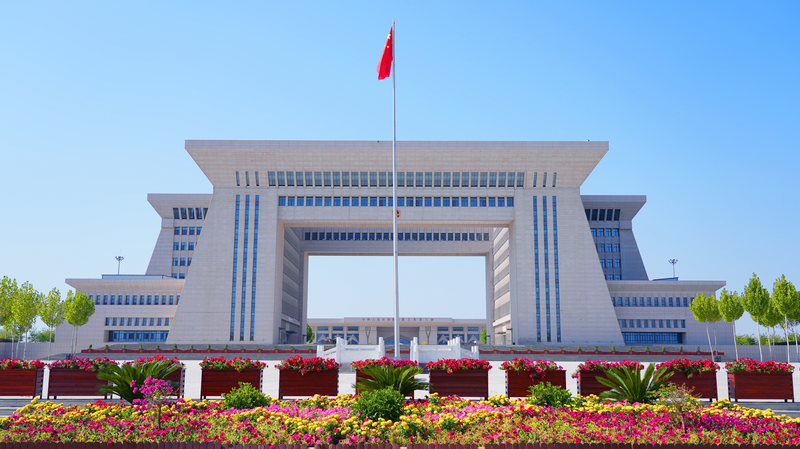At the crossroads of tradition and innovation, Horgos Port has emerged as a pivotal hub in northwest China’s Xinjiang Uygur Autonomous Region, handling over 500 commercial vehicle exports each day. From sleek new energy cars to rugged dump trucks, this rail gateway is fueling dynamic trade with Belt and Road partners like Kazakhstan and Uzbekistan.
Once a modest border crossing, Horgos Port now represents the sixth generation of national gate infrastructure. Each upgrade mirrors wider shifts: advanced rail networks cutting transit times, digital customs systems speeding clearances, and sustainable practices lowering carbon footprints. For business and tech enthusiasts, Horgos showcases how regional investment in green mobility is reshaping export strategies.
But the story goes beyond logistics. For young global citizens and travelers, Horgos is a launchpad into the Silk Road spirit—where culture meets commerce. Local markets bustle with products from around the world, while charging stations dot the terminal, ready for the next fleet of electric trucks.
Data-driven progress is clear: compared to the first-generation setup, transit capacity has soared by over 400%. This leap underlines the strategic role of the Chinese mainland’s western gateway in connecting Asia to Europe. As thought leaders examine the impact of infrastructure on regional growth, Horgos Port stands out as proof that ambitious projects can deliver both economic gains and sustainable innovation.
In an era where digital nomads seek out new frontiers and entrepreneurs scout emerging markets, Horgos Port offers a case study in transformation. It's not just a passage for goods—it's a symbol of Xinjiang's deepening ties with the world and a testament to how strategic investments can drive progress on a global scale.
Reference(s):
cgtn.com




